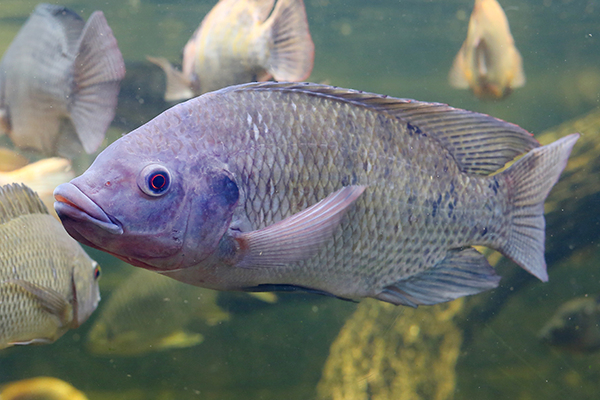Pest Animals and Invasive Species
Priority Invasive Animals
-
Feral cats in Australia are domestic cats that have returned to the wild and live independently of humans. Introduced bu European settlers in the 1800s, feral cats have spread across almost all of Australia. They pose a major threat to native wildlife, killing billions of animals each year, including birds, reptiles, and small mammals. Their impact is one of the key factors in the decline and extinction of many native species. Controlling their population is a major conservation challenge.
Control method: Shooting, trapping
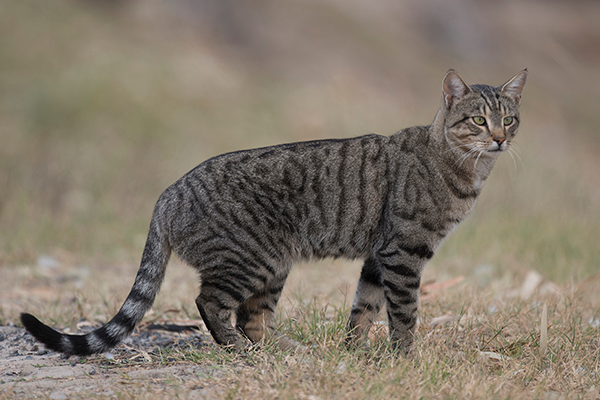
-
Feral pigs in Australia are wild descendants of domestic pigs introduced by European settlers in the late 1700s. They have spread across much of the country and are considered a major pest. Feral pigs damage crops, native ecosystems and water sources, and they prey on native wildlife. They also carry diseases that can affect livestock and humans. Controlling their population is challenging due to their adaptability and high reproductive rates.
Control method: Shooting, baiting, exclusion fencing, trapping
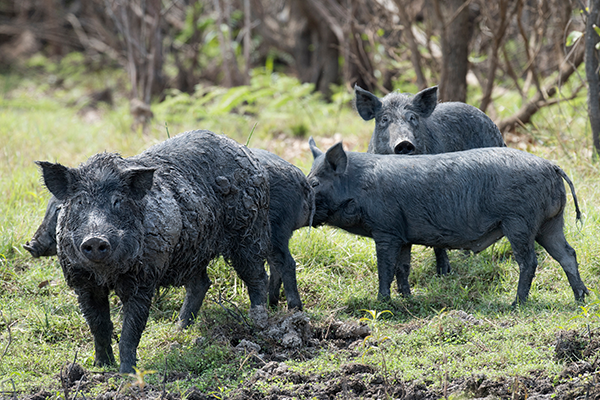
-
Foxes in Australia are an introduced species, brought by Europeans in the 1800s for sport hunting. Since then, foxes have spread widely across the country and become a major pest. They prey on native wildlife, including small mammals, birds, and reptiles, many of which have no natural defence against such predators. This has led to significant declines in native species. Foxes also impact agriculture by killing livestock.
Control method: Shooting, baiting, trapping, den destruction, den fumigation. Any dens identified on Council land can be reported for treatment by calling Customer Service on 1300 79 49 29.
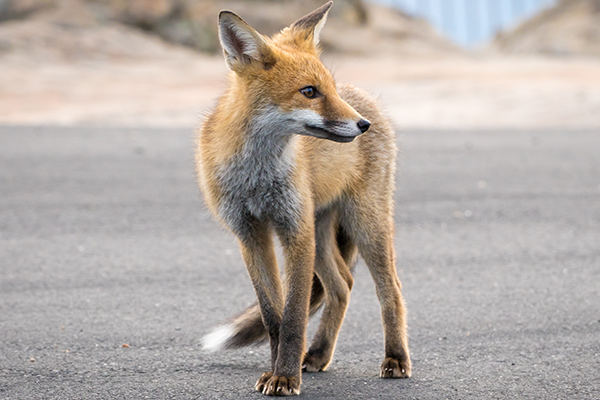
-
Feral rabbits in Australia are an invasive species that have caused significant environmental and agricultural damage. Introduced in the 1800s and spreading rapidly after their release for hunting, they reproduced quickly due to a lack of natural predators and ideal conditions. Their burrowing and grazing destroy native vegetation, leading to soil erosion and loss of biodiversity.
Council runs a range of programs to help manage invasive animal species across the Fraser Coast region. These efforts aim to protect our natural environment, agriculture, and local communities.
Control method: Shooting, baiting, trapping, bio-control, harbour destruction, exclusion fencing, fumigation
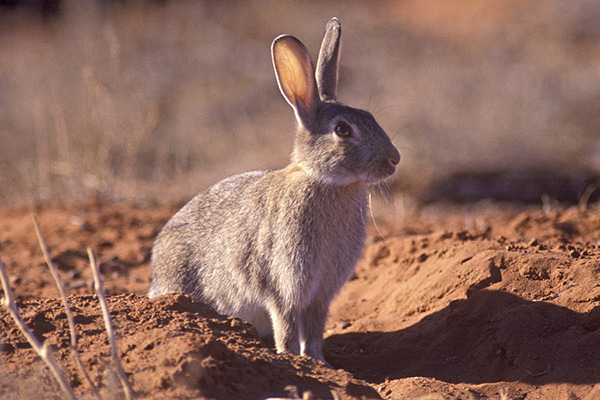
-
Wild dogs in Australia are free-ranging dogs that include dingoes, domestic dogs, and their hybrids. They are found across most of the mainland and pose both ecological and economic challenges. Ecologically, they can impact native wildlife by preying on species or competing with them. Economically, they are a major pest for livestock farmers, especially due to attacks on sheep. Management efforts aim to control their populations while considering the cultural and ecological role of dingoes, which are native and important apex predators.
Control method: Shooting, baiting, trapping, exclusion fencing, livestock guardian animals
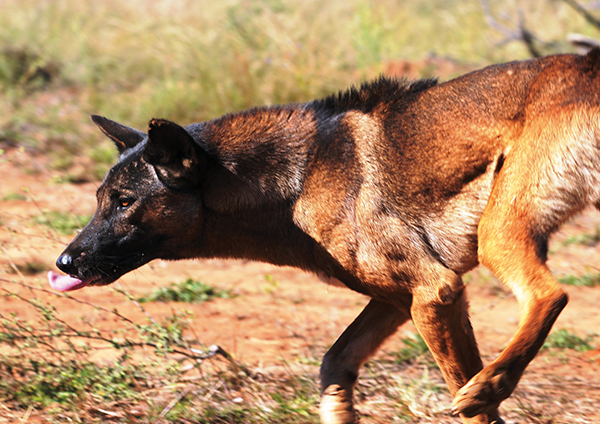
Wild Dog and Feral Pig Control Program
Council coordinates a baiting program twice a year - in Autumn and Spring - to help reduce wild dog populations, supporting both primary production and the liveability of the Fraser Coast region.
As part of this program, Council offers a bait injection service to eligible rural landowners outside designated urban areas. This service assists landholders in managing wild dog activity on their properties.
In addition, year-round support is available for rural landowners who can demonstrate a genuine need. This includes:
- Bait injection services for wild dog control
- Supply of mixed grain for feral pig management
For more information or to check your eligibility, please contact our Biosecurity team.
Cage Trap Loans
Council offers cage traps for loan to assist landholders in the management and control of invasive animal species on their properties.
Traps are available subject to availability and conditions of use. Interested landholders are encouraged to contact Council for further information or to submit a request.
Cage traps are available to support the humane and effective control of priority pest species, including:
- Wild dogs
- Foxes
- Feral cats
- Feral pigs (corral-style traps)
These traps are designed to meet regulatory standards and are suitable for use in various operational settings. Their use must be conducted in accordance with relevant animal welfare guidelines and legislation.
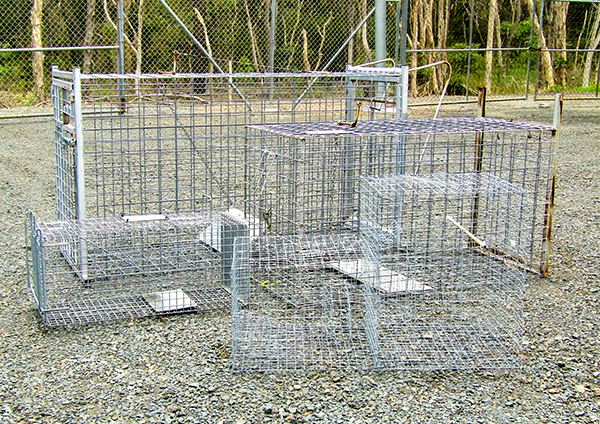
Biological Controls
Biological controls offer a natural method of pest management by targeting specific invasive species, reducing the need for chemical treatments. This approach helps maintain ecological balance and lowers the financial burden on property owners.
-
RHDV (rabbit haemorrhagic disease virus) or calicivirus is a biological control agent used as a primary control to manage rabbit populations in our region and is most effective when used in conjunction with additional controls such a Pindone baiting, warren destruction and shooting.
Residents wishing to obtain RHDV can submit a request by clicking the link below:
Other Significant Invasive Species
-
The Red imported fire ant (Solenopsis invicta) is an invasive species in Australia. Originally from South America they were first detected in Queensland in 2001. These ants are highly aggressive and can inflict painful stings. They pose risks to humans, animals, and agriculture and spread rapidly, disrupting ecosystems and damaging crops.
If you suspect you have seen fire ants, they can be reported by clicking on the below link or by visiting the National Fire Ant Eradication Program home page.
https://ants.daf.qld.gov.au/help-me-report/
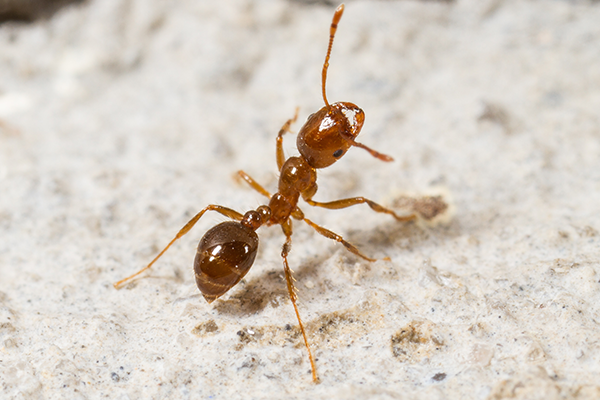
-
Yellow crazy ants (Anoplolepis gracilipes) are invasive ants that were accidently introduced and pose a major threat to Australia's environment. They get their name from their erratic movements when disturbed. These ants form supercolonies and displace native species, damage ecosystems, and harm animals such as crabs and birds by spraying formic acid. They are especially destructive in tropical and subtropical areas like Queensland and Christmas Island. Control efforts are ongoing to protect biodiversity.
If you suspect you have seen Yellow crazy ants, contact Council via the link below:
Click here to submit a request
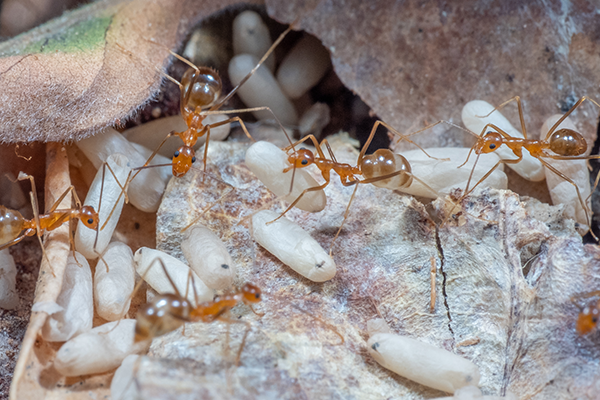
-
Feral Deer have established populations across many parts of Australia. Originally introduced for hunting and farming, these deer have now spread widely throughout Australia.
These animals cause significant environmental and agricultural damage by overgrazing, trampling native vegetation, spreading weeds, and damaging fences and crops.
Control method: Shooting, trapping, exclusion fencing
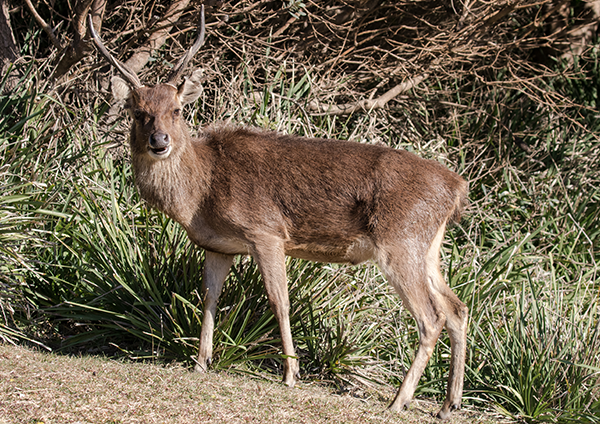
-
The Indian myna is native to South Asia and was introduced to Australia in the 1860s to control insect pests in crops. They compete aggressively with native birds and thrive in large numbers in Urban environments.
The Indian Myna is not classified as a Restricted species under the Biosecurity Act, so control is not legally required. However, due to its impact on native wildlife and ecosystems, the Council encourages community efforts to help manage this invasive bird.
Sightings of this species can be made using MynaScan and for information on how to manage Indian mynas, including how to build your own trap, visit the MynaScan Resources webpage.

-
Tilapia in Australia refers to several species of freshwater fish originally from Africa and Asia, which have become invasive in some parts of the country. They were introduced mainly for aquaculture and the aquarium trade but have spread into natural waterways, where they can outcompete native fish and disrupt ecosystems.
For more information or sightings of this species outside their known distribution, contact Biosecurity Queensland on 13 25 23 or visit the Business Queensland website.
